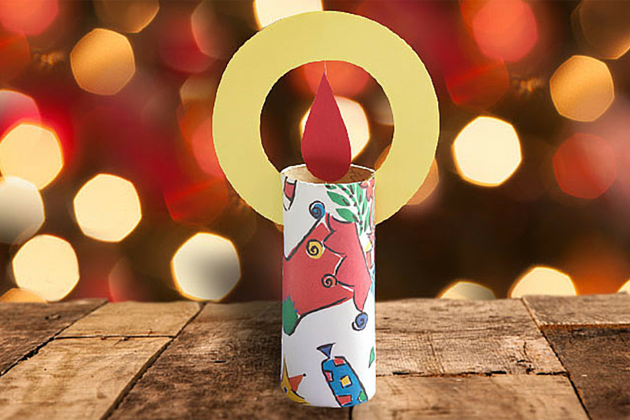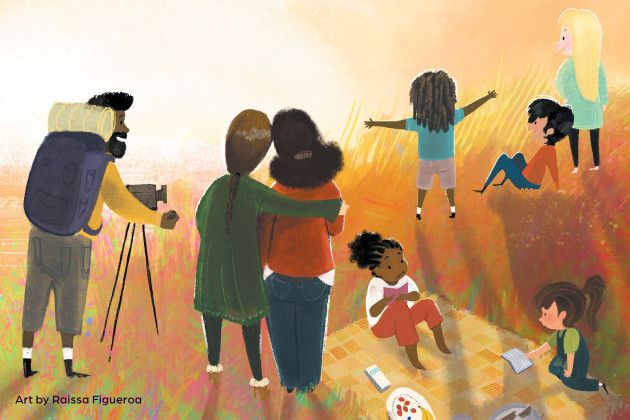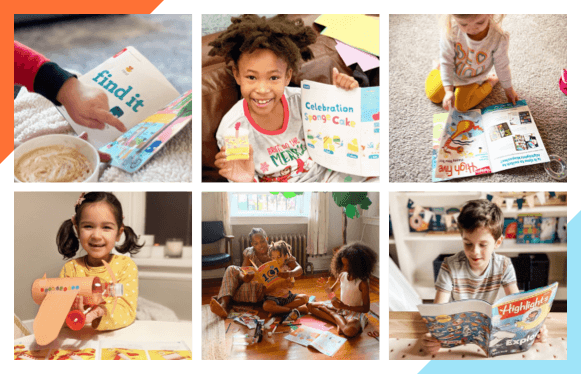How to Make Homemade Bubbles and Bubble Wands
By: Highlights Editorial
Kids love to make bubbles and there is much they can learn from them, too. Make a soapy mix and create bubble wands from items you have around the house, then head outside and blow!
What You'll Need
What to Do
-
Mix 3¾ cups water, 2 tablespoons dish soap and 1½ tablespoons glycerin or corn syrup in your plastic jar. Make sure that your plastic jar has a wide enough opening to fit your bubble wands.
-
To make your wand, cut out different shapes from plastic lids. Make sure that each shape is small enough to fit in the opening of your bubble mix. Experiment with different shapes. You might also use the tops of spice jars that already have holes, or cut up an old berry basket.
-
Next, add holes to your shape with a hole punch. Or, if you prefer larger openings in different shapes, use scissors.
-
Using tacky glue or, with an adult’s help, a hot-glue gun, glue the end of a craft stick to the shape to create a handle. Let dry.
-
Now you’re ready to head outside and blow bubbles. Dip the wand into the mixture and blow on the soapy film that covers the opening,
Extend the Fun
There’s a lot to notice, do, and discover when it comes to bubbles. Here are some ideas:
- Try making bubble solution in different ways. Blowing gently or with more force, let the breeze blow, or wave the wand in the air. What works better? What is different?
- Note how the bubbles pick up the colors around them.
- Do bubbles make shadows? Look at the colors in the shadows.
- Try attaching a number of bubbles together on one wand
- Pass a bubble back and forth between teammates.
- Experiment with making a very big bubble.
- Use a straw to make very tiny bubbles.
- Observe what happens when a bubble pops.
- See how the wind influences where the bubbles go.
- Compare what happens to big bubbles and small bubbles in the wind.
- Discover which surfaces bubbles will attach to without popping, and notice how the bubbles look when they attach.









